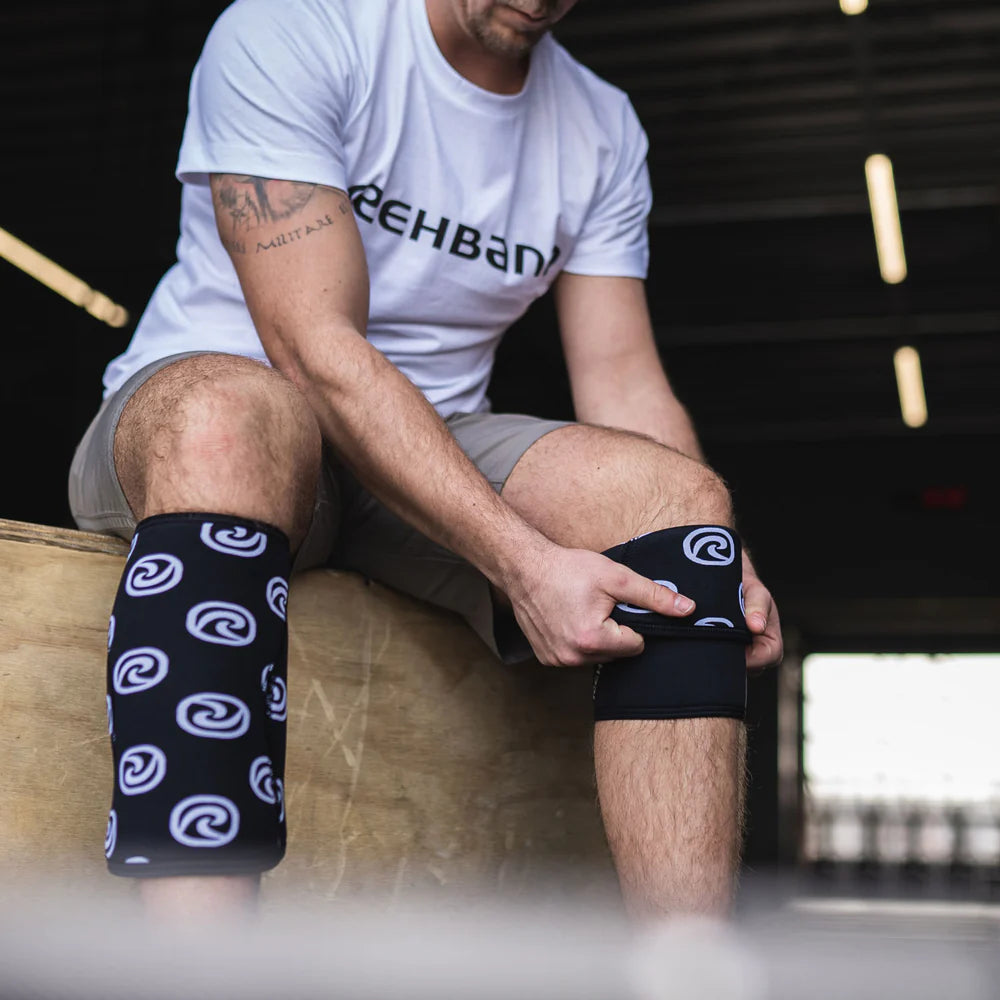Diffuse front knee pain (PFSS)
Patellofemoral stress syndrome (PFSS), also known as patellofemoral pain syndrome (PFPS), is a common condition characterized by pain in the front of the knee around the patella (kneecap). It affects both active individuals, such as athletes and inactive individuals, but is particularly prevalent in teenage girls and young adults. The condition arises from improper movement of the patella over the femur during activities such as running, squatting, or climbing stairs, leading to increased pressure on the joint. Unlike many knee injuries, PFSS is not typically caused by a specific traumatic event but develops gradually over time due to repeated stress on the knee joint.
A variety of factors can contribute to PFSS, including muscle imbalances, overuse, improper footwear or alignment issues in the legs. In particular, weak thigh muscles (quadriceps) or tightness in the hips and hamstrings can increase the stress on the patellofemoral joint. This condition is often seen in people who engage in activities involving frequent knee flexion, such as running, cycling or jumping. However, PFSS can also affect individuals with sedentary lifestyles who have poor muscle strength or posture.
How to notice PFSS and what should you do about it
The hallmark symptom of PFSS is a dull, aching pain around the kneecap that often worsens during physical activity. Patients may experience discomfort when walking up or down stairs, squatting, or sitting for prolonged periods with bent knees (a phenomenon known as "theater sign"). In more severe cases, swelling and a grinding or clicking sensation in the knee may also be present. Despite the discomfort, the prognosis for PFSS is usually good and most people recover with proper treatment and rehabilitation.
Treatment for PFSS typically focuses on reducing pain, improving knee function and preventing further stress on the patellofemoral joint. Initial management often includes rest, ice and anti-inflammatory medications to alleviate pain and swelling. Physical therapy exercises that strengthen the quadriceps, hamstrings and hip muscles play a crucial role in recovery. In some cases, orthotic devices, such as knee braces or custom shoe inserts, may be recommended to correct alignment issues. Gradually resuming activity while avoiding movements that exacerbate the pain is essential for long-term recovery. In rare cases, surgery may be considered if conservative treatments fail.
Overall, with appropriate management and a gradual return to physical activity, most individuals with PFSS can fully recover without long-term complications. It's important to note that exercising with mild pain is generally acceptable as long as the discomfort does not worsen during the workout or afterward. Long-term success relies on maintaining good muscle strength, flexibility and proper biomechanics during physical activities.



